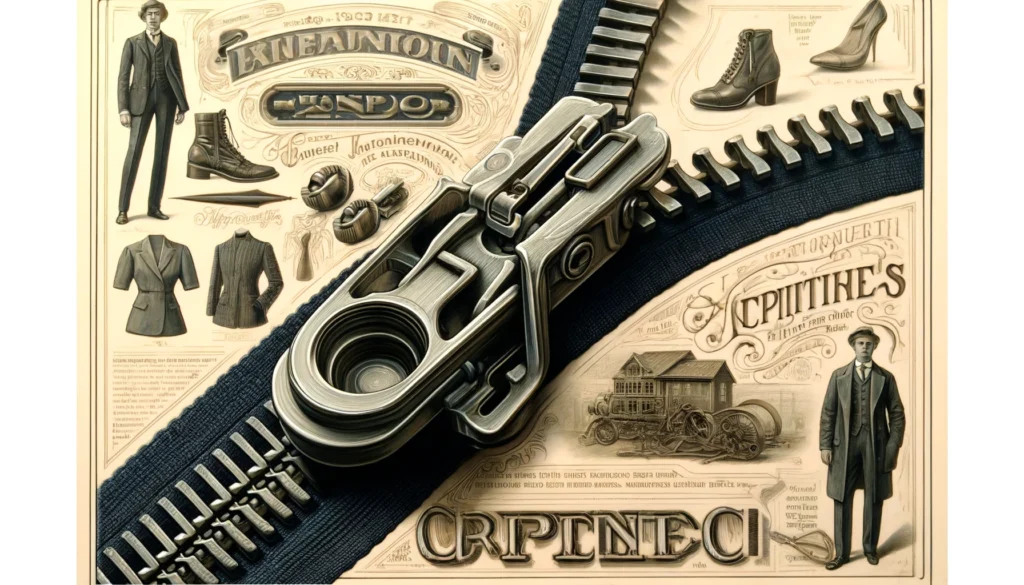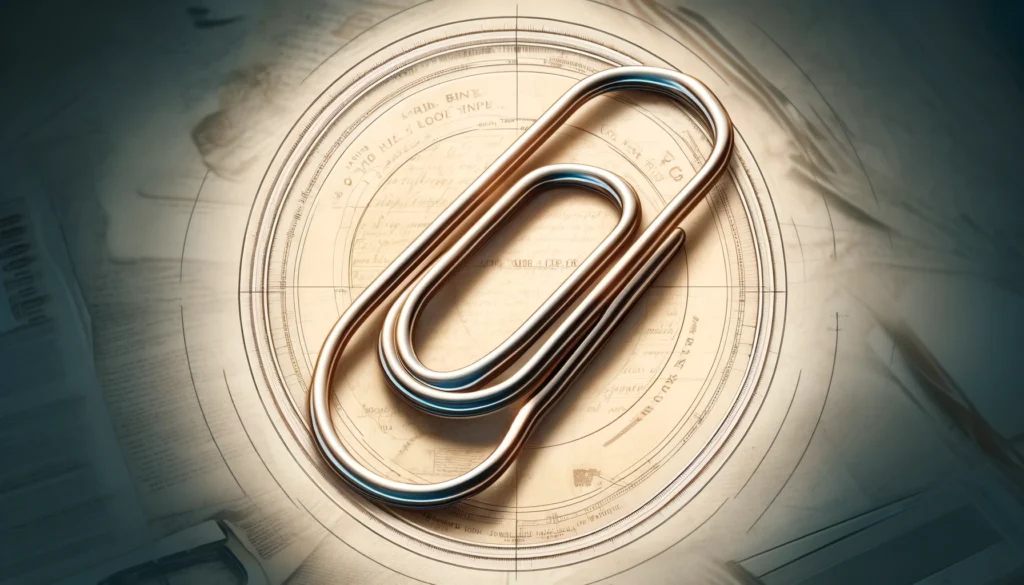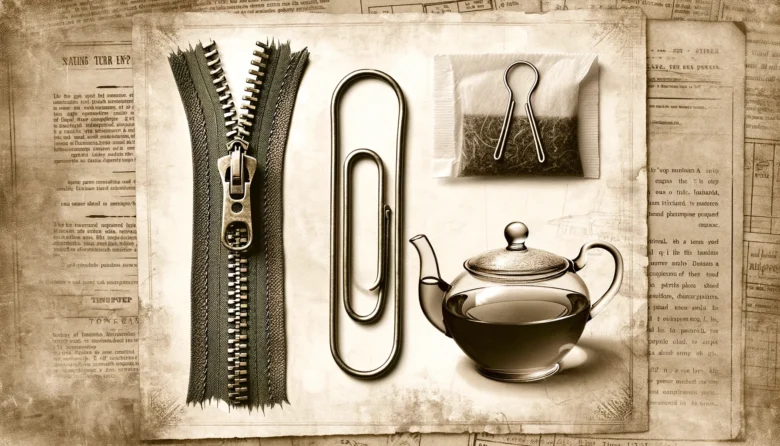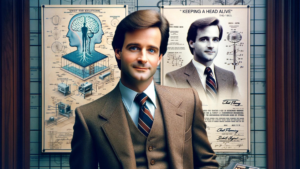Every day, we interact with simple objects whose presence we take for granted, barely pausing to consider their origins. Yet, behind these mundane items lie fascinating tales of invention, innovation, and sometimes, sheer accident. In this blog, we delve into the surprising histories of three everyday objects: zippers, paper clips, and tea bags. Each of these items has played a pivotal role in our daily routines, and their stories are as intriguing as they are diverse.
The Zipper
The zipper, an indispensable fastening device, had humble beginnings that trace back to the late 19th century. Initially conceived by Whitcomb L. Judson, an inventor who showcased his “clasp locker” at the 1893 Chicago World’s Fair, the early zipper was a complicated hook-and-eye shoe fastener. It wasn’t until Gideon Sundback, a Swedish-American electrical engineer, reimagined Judson’s invention in 1913 that the zipper as we know it began to take shape.

Sundback’s improvements dramatically increased the zipper’s reliability and efficiency, making it suitable for mass production. He introduced the modern design with interlocking teeth, calling it the “separable fastener.” The first major application was in boots and tobacco pouches, but it was the adoption by the U.S. Army for gear and uniforms during World War I that showcased its practicality, propelling the zipper into mainstream use.
The cultural impact of the zipper is vast. It revolutionized clothing design, allowing for garments that could be easily fastened and unfastened. This seemingly simple invention not only made dressing quicker but also transformed fashion, enabling the creation of entirely new styles and fits.
The Paper Clip
The paper clip might seem trivial, but its design is the result of a fascinating evolution. Often attributed to Norwegian inventor Johan Vaaler, the paper clip’s true origins are a topic of debate among historians. Vaaler did patent a paper clip design in 1899, but it was the Gem clip, introduced in the early 1900s, that became a staple in offices around the world.

The Gem clip, with its simple and elegant looped design, was an instant success due to its ability to hold papers together without damaging them. Despite its simplicity, the paper clip became a symbol of resistance during World War II. Norwegians wore them on their lapels as a subtle nod to unity and defiance against Nazi occupation, showcasing the profound impact that even the smallest objects can have.
The Teabag
The invention of the teabag was a serendipitous event. In 1908, New York tea merchant Thomas Sullivan began sending samples of tea leaves to his customers in small, silk bags. Sullivan’s customers, misunderstanding his intentions, put the entire bag into their pots. The convenience was undeniable, sparking a revolution in how tea was consumed.
The teabag’s popularity soared, especially in the post-World War II era, as they offered a quick and easy way to enjoy tea without the mess of loose leaves. Today, teabags come in various shapes and materials, from paper to nylon, each designed to optimize the infusion for flavor and strength. This simple innovation has profoundly influenced tea culture globally, making it accessible and enjoyable for millions.

Conclusion
The stories behind the zipper, paper clip, and teabag remind us that even the most commonplace items have rich histories worth exploring. These objects, which we often overlook, reflect the ingenuity and resourcefulness of their inventors and the times they lived in. Next time you zip up your coat, clip together some papers, or brew a cup of tea, take a moment to appreciate the hidden histories that have shaped our everyday lives. And who knows? Perhaps you’ll be inspired to uncover the secret stories of other ordinary objects around you.
Author’s Note
Thank you for taking the time to explore the secret histories of these common objects with me. I hope you found the stories as fascinating as I did and that they inspire you to look at the everyday items around you with new appreciation. Please feel free to share this blog with friends and family who might enjoy these intriguing tales!
G.C., Ecosociosphere contributor.
References and Further Reading
- “The Evolution of Useful Things” by Henry Petroski – A detailed exploration of how everyday objects have evolved to meet human needs.
- “Inventions that Didn’t Change the World” by Julie Halls – A humorous and insightful look at historical inventions that includes some everyday items.
- “Stuff Matters: Exploring the Marvelous Materials that Shape Our Man-Made World” by Mark Miodownik – Explores the materials science behind everyday materials, including those used in common objects.




